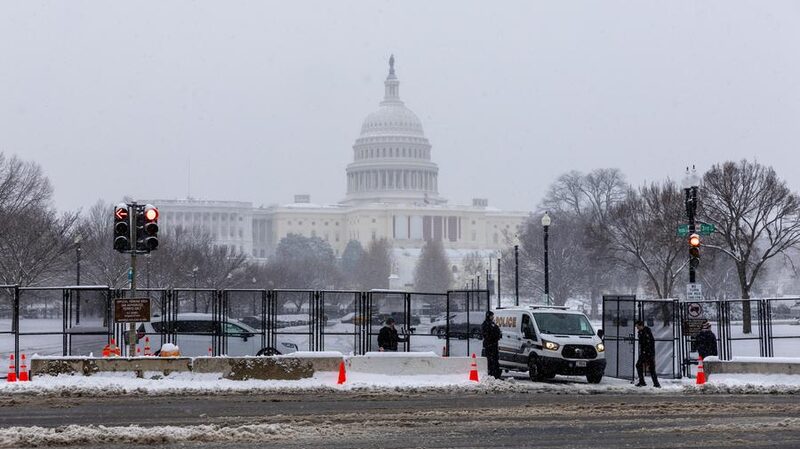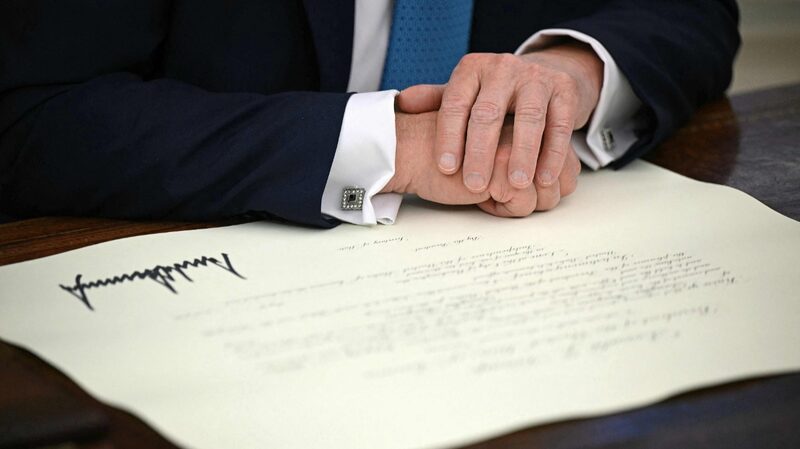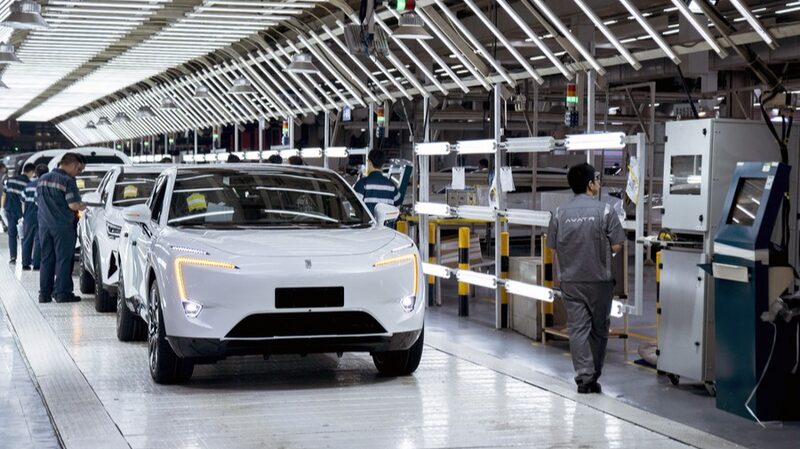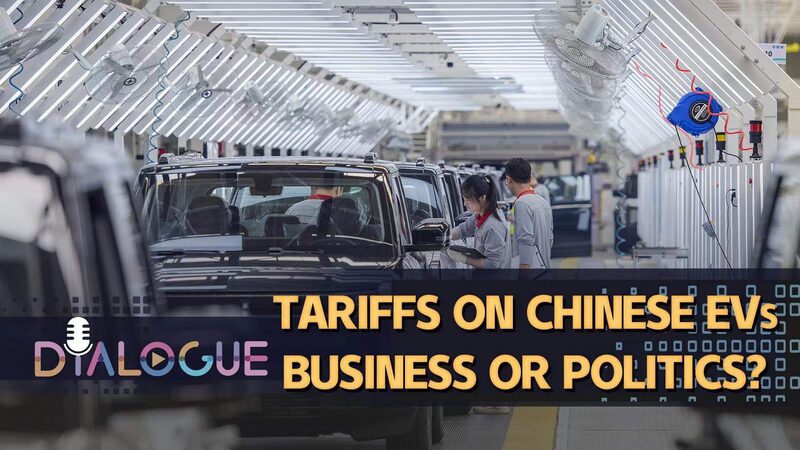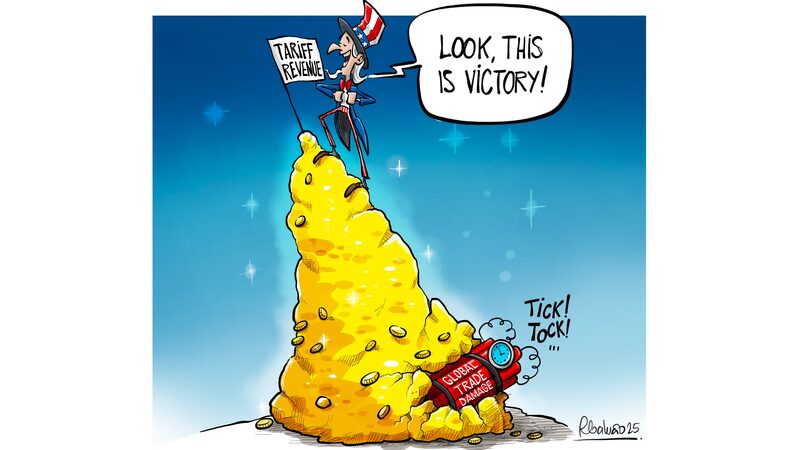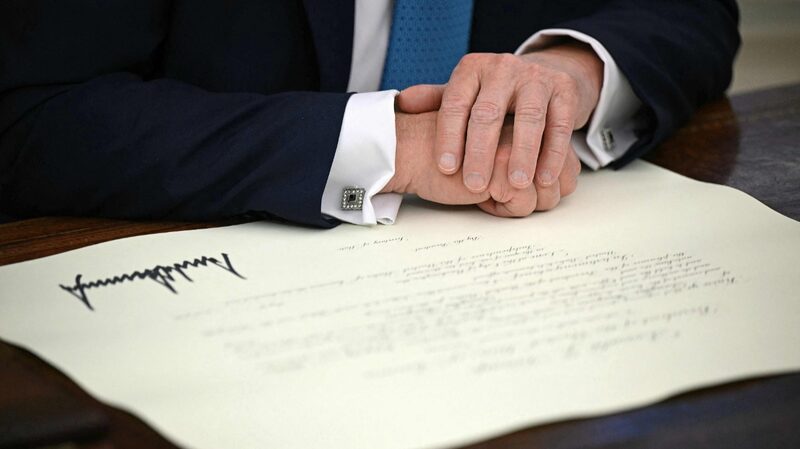Tariffs intended to protect American industries are instead burdening U.S. businesses and consumers, leading to increased costs and economic challenges.
Kent International, a bicycle manufacturer based in New Jersey, is facing an average of 23 percent tariffs on bike parts imported from China. “The help we need is tariff relief for any American assembler,” said Arnold Kamler, chairman of the company’s board and a prominent figure in the U.S. bicycle industry. “With tariff relief, we could grow our U.S. business five-fold in three years.”
Similarly, Austere, a consumer technology accessories company, is feeling the strain. “To be clear, I’m the one who paid the tariffs. China did not,” stated Deena Ghazarian, founder and CEO of Austere. “I had to absorb these costs of the tariffs to avoid pricing my products out of the competitive accessories landscape.”
Despite intentions to protect domestic businesses, tariffs are proving counterproductive. Many recognize that tariffs function as taxes on consumers and producers alike. According to a report from Moody’s Investors Service, American consumers bore nearly 93 percent of the costs of tariffs applied to Chinese goods. This additional financial burden means less disposable income for households, potentially leading to reduced spending on dining out, home repairs, or unexpected medical expenses.
In the long run, tariffs can harm the overall economy. Elevating the prices of foreign competitors does not necessarily make domestic products a better value. Moreover, by reducing demand for imports, tariffs can strengthen the foreign currency in exchange markets, making exports less competitive. This cycle can lead to declines in economic output and employment. A 2021 report from the U.S.-China Business Council found that trade tensions with China reduced U.S. economic growth and resulted in an estimated peak loss of 245,000 jobs.
The ripple effects extend beyond national borders. During the Great Depression of the 1930s, high tariffs intended to protect domestic businesses led to retaliatory measures from other countries. This escalation resulted in a general increase in global tariff rates, triggered currency wars, disrupted world trade, and hindered economic growth worldwide.
As history and recent experiences demonstrate, tariffs may offer short-term political gains but often lead to long-term economic pain for both businesses and consumers. Relief from these financial burdens could pave the way for growth and competitiveness, benefiting the economy as a whole.
Reference(s):
cgtn.com
